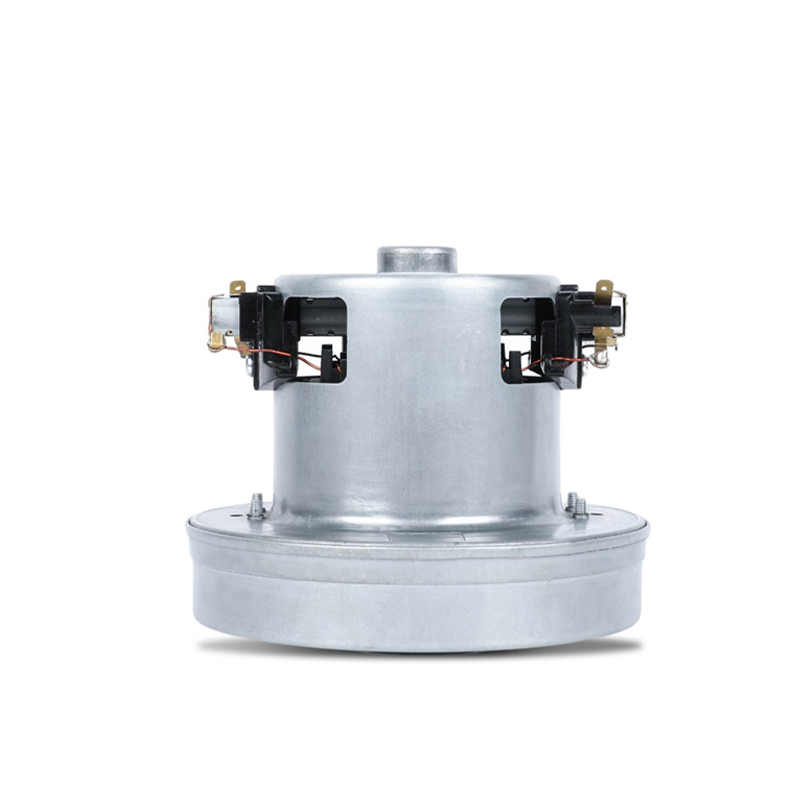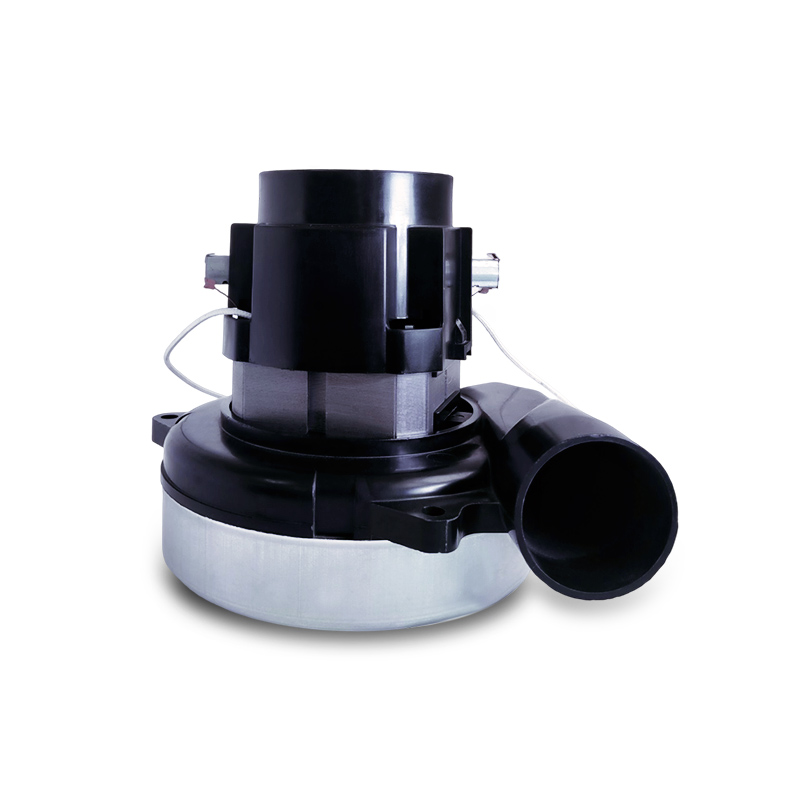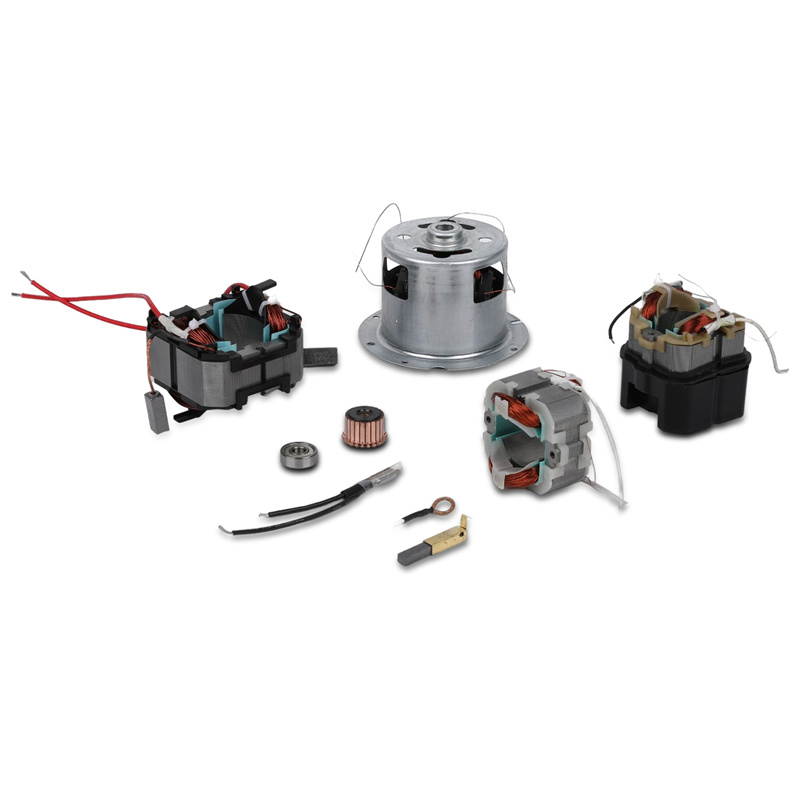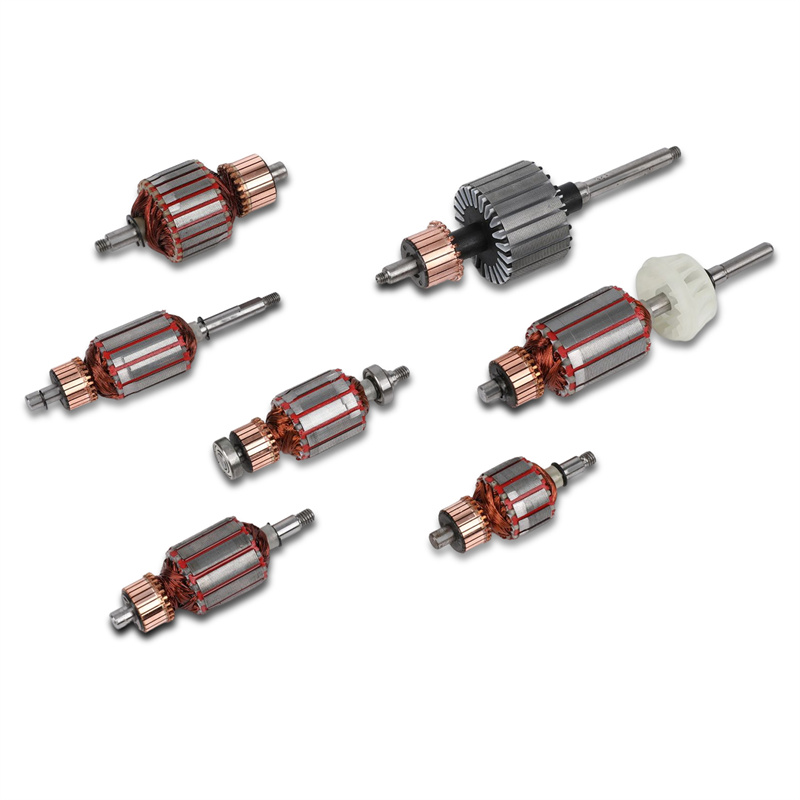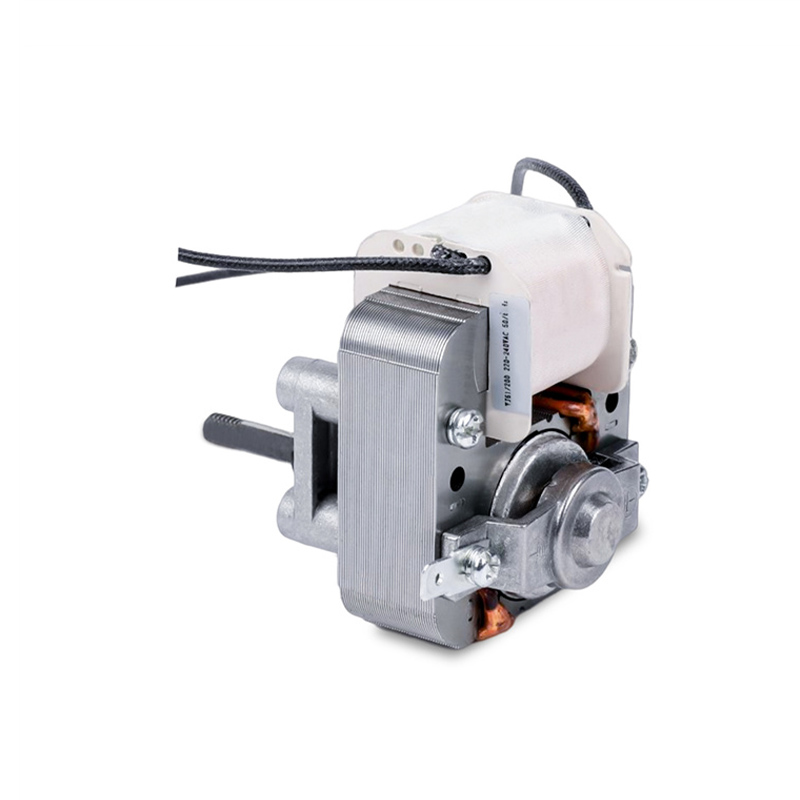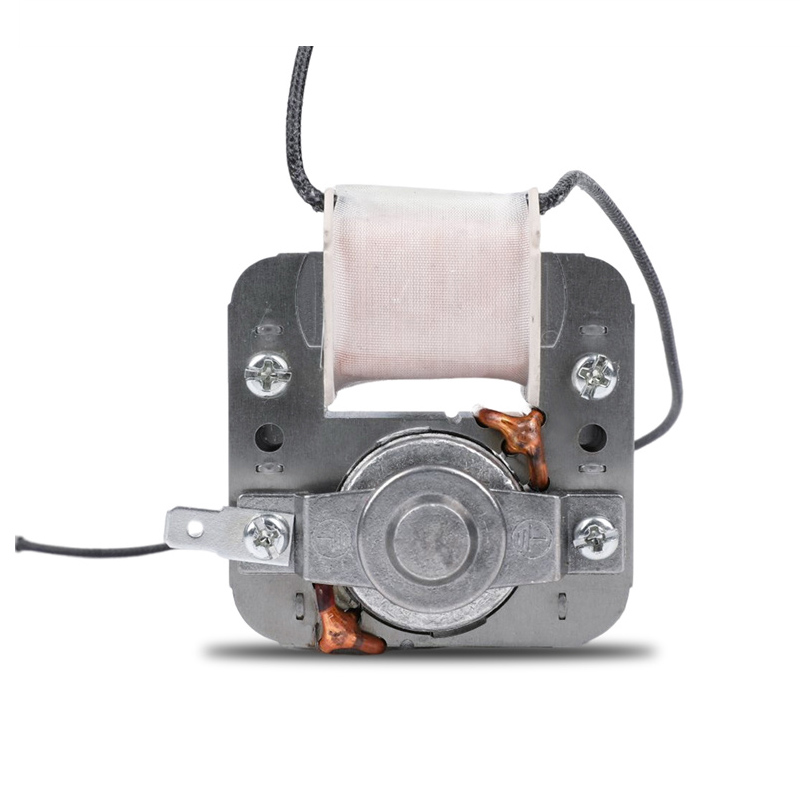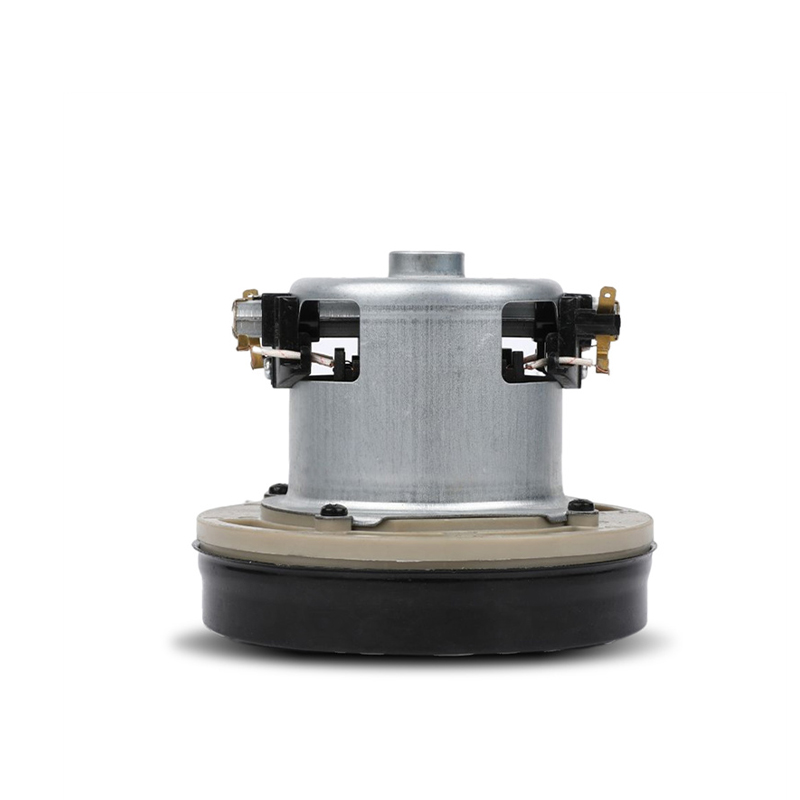What are the types and key considerations of vacuum motors
Vacuum motors, also known as vacuum cleaner motors, are essential components of vacuum cleaner systems. They provide the power and suction necessary to effectively clean floors, carpets, upholstery, and other surfaces. Vacuum motors come in different types and designs, each with its own features and capabilities.
Function and Operation:
The primary function of a vacuum motor is to generate suction that pulls in dirt, dust, and debris from surfaces into the vacuum cleaner. When the motor is activated, it creates a pressure differential that creates airflow, drawing air and particles through the cleaning nozzle or attachment. This suction is crucial for effective cleaning performance.
Types of Vacuum Motors:
Universal Motors: Universal motors are commonly used in compact and portable vacuum cleaners. They are lightweight and offer high-speed operation. Universal motors can run on both AC (alternating current) and DC (direct current) power sources, making them versatile for different vacuum cleaner models.
Induction Motors: Induction motors are typically used in larger and more powerful vacuum cleaners, including commercial and industrial models. They are designed for heavy-duty cleaning tasks and offer high suction power. Induction motors run on AC power and provide consistent and reliable performance.
Key Considerations:
Suction Power: The suction power of a vacuum motor is an important consideration for efficient cleaning. It determines how effectively the motor can pull in dirt and debris from surfaces. Higher suction power is generally desirable for more thorough cleaning, especially for carpets and upholstery.
Airflow Efficiency: The airflow efficiency of a vacuum motor affects its overall cleaning performance. Motors with better airflow efficiency can maintain strong suction and prevent clogs or blockages, ensuring consistent cleaning results.
Motor Power and Wattage: The power and wattage rating of a vacuum motor indicate its electrical consumption and performance capabilities. Higher wattage motors generally offer more powerful suction and cleaning capabilities. However, it's important to note that other factors, such as motor design and efficiency, also contribute to overall performance.
Motor Noise Level: The noise level produced by a vacuum motor is an important consideration, especially for residential or office environments. Quieter motors provide a more pleasant cleaning experience and reduce disturbance to occupants.
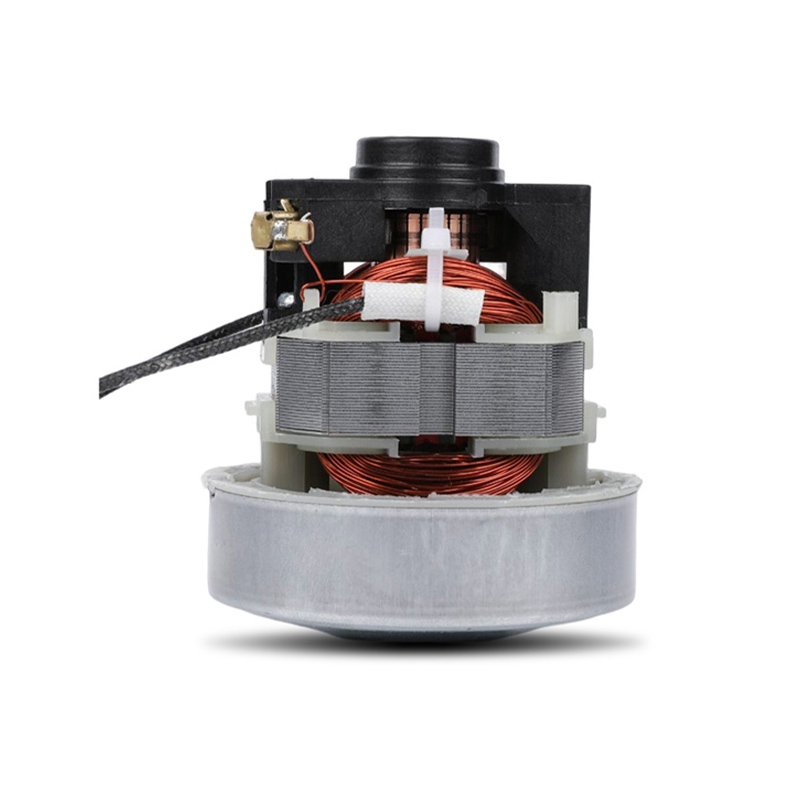

Model YH-(D-1E),voltage 100-240V, rated input power 300-560W, max vacuum degree 18.1kpa, max air flow 1.42 M3/min, temperature rise 70K, noise less than 92dB, max efficiency 34%.
74.2mm diameter, small size, large air volume.
DC voltage available,too.
Wide range of uses, dust mite brush motor, hair dryer motor, vacuum cleaner motor, air pump inflator motor.


 English
English Deutsch
Deutsch Español
Español 中文简体
中文简体